If you’re a nature lover looking to explore the great outdoors without the crowds, visiting the smallest national parks in the US could be your perfect escape. These hidden gems offer serene landscapes, unique wildlife, and a peaceful atmosphere that larger parks often lack. While they may not have the vast expanses of Yellowstone or the Grand Canyon, the smallest national parks pack a punch with their charm and natural beauty.
In this article, we’ll take you on a journey through some of the tiniest, yet most captivating national parks in the country. Whether you’re planning a short weekend getaway or simply want to check off a few more parks from your bucket list, these lesser-known destinations offer a refreshing change of pace. Let’s dive into the hidden treasures that make the smallest national parks in the US so special with National Park Shops!
What is the smallest national park in the US?
Among the smallest national parks in the US, Gateway Arch National Park in St. Louis, Missouri, stands out as the tiniest. Covering only 192.83 acres, it’s less than 2% the size of the next smallest, Hot Springs National Park in Arkansas. Designated in 2018, the park honors the Louisiana Purchase and the historic westward expansion of the United States.
At its heart is the striking Gateway Arch – a 630-foot stainless steel monument that not only marks St. Louis’ legacy as the “Gateway to the West” but also serves as a powerful symbol of the nation’s growth. Visitors can also explore the Old Courthouse, where the pivotal Dred Scott case was tried, and a museum that dives deep into the stories of exploration and expansion. Though modest in size, Gateway Arch National Park delivers a compelling historical journey that rivals those of much larger parks.
Gateway Arch National Park, Missouri (91 acres)
As the young United States entered the 19th century, President Thomas Jefferson made a transformative decision by accepting France’s offer to purchase the vast lands that would become the Louisiana Purchase. In the following year, he commissioned the legendary Lewis and Clark Expedition to chart and explore this expansive new territory.
Today, the elegant and towering 630-foot Gateway Arch, equivalent in height to a 63-story skyscraper, stands as a powerful tribute to that historic moment and serves as a symbolic entryway to America’s Westward expansion. Nestled in the heart of downtown St. Louis along the Mississippi River, this site is part of one of the smallest national parks in the US, spanning just 91 acres.
A must-do while visiting one of the smallest national parks in the US is the tram ride to the top of the Arch. The four-minute journey leads to an observation deck offering panoramic views that stretch up to 30 miles on clear days. Plan to spend 45 to 60 minutes for the full experience, and be sure to book reservations during the peak summer season.
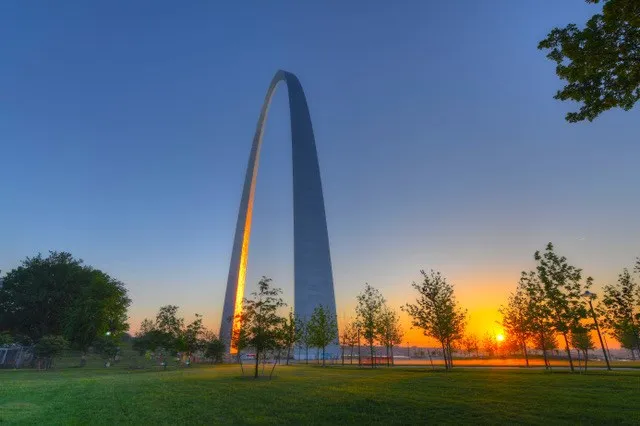
Hot Springs National Park, Arkansas (5,550 acres)
Who doesn’t love a relaxing soak in a hot spring? At Hot Springs National Park, you can treat yourself to a therapeutic bath while also exploring one of the smallest national parks in the US. Located along the historic Bathhouse Row, visitors can immerse themselves in traditional spa culture. The Buckstaff Bathhouse has been offering classic bathing experiences since it opened in 1912, while the Quapaw Bathhouse delivers a modern twist on this age-old ritual.
The area’s human history is equally rich. Native Americans were the first to settle near the springs, believing in their healing properties. In the early 1800s, European settlers arrived, and later, African Americans came to the region, though they were subjected to the restrictions of Jim Crow laws for many decades. Today, the city of Hot Springs proudly reflects this diverse cultural legacy. It remains Arkansas’s only national park, despite the state hosting eight National Park Service sites in total.
Bathing may be the main draw, but don’t overlook the park’s 26 miles of scenic trails. Among the highlights is the Goat Rock Trail, a favorite of park ranger Kate. This easy-to-moderate hike begins off North Mountain Loop Road and rewards hikers with a panoramic view from Goat Rock Overlook. Whether you’re soaking or hiking, plan for a leisurely half-day to fully enjoy one of the smallest national parks in the US.
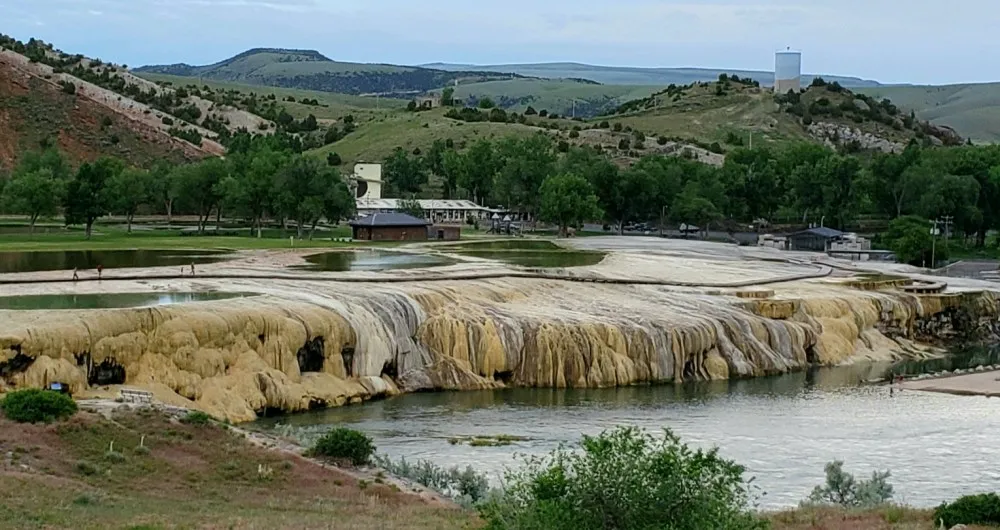
National Park of American Samoa, American Samoa (8,257 acres)
The National Park of American Samoa is a hidden gem among U.S. national parks, offering a one-of-a-kind experience in both natural beauty and cultural immersion. Covering roughly 13,500 acres (5,500 hectares), it is considered one of the smallest national parks in the US, with 9,500 acres of lush land and 4,000 acres of vibrant marine ecosystems, including dazzling coral reefs and unspoiled beaches. Though established in 1988, the park officially opened its gates in 1993, making it the only U.S. national park situated south of the equator.
This remote park spans three islands: Tutuila, Taʻū, and Ofu. The park is more than just breathtaking scenery. It plays an essential role in preserving the rich traditions of Samoan culture. The name “Samoa,” meaning “sacred earth,” reflects the spiritual bond between the people and their land. Managed in cooperation with local communities, the park respects and sustains cultural heritage alongside environmental stewardship.
For those seeking serenity, biodiversity, and cultural depth, the National Park of American Samoa delivers an unforgettable experience – all within one of the most extraordinary and smallest national parks in the US.
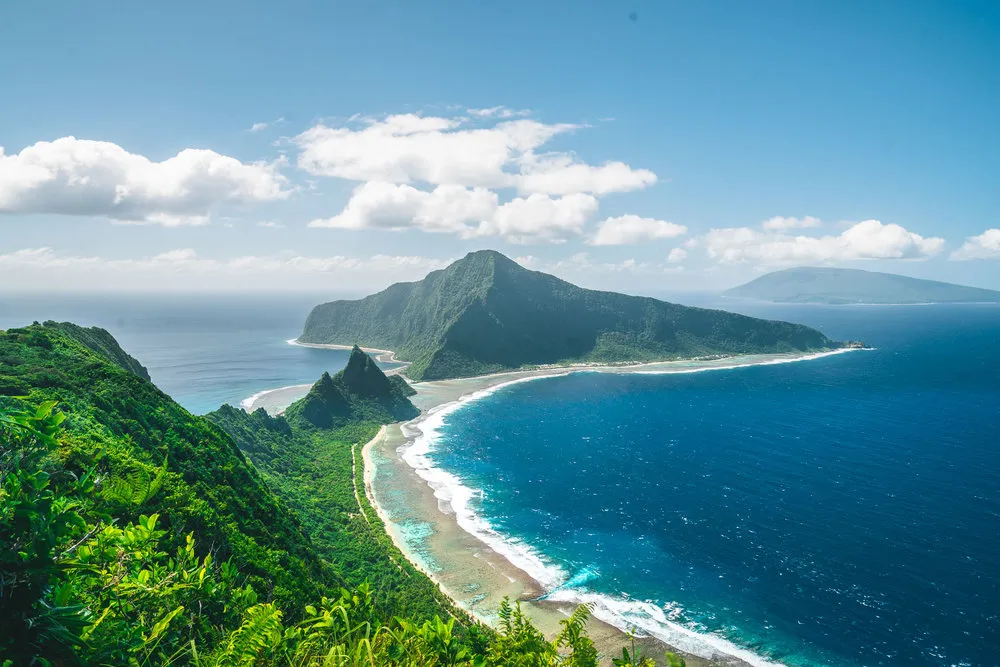
Virgin Islands National Park, U.S. Virgin Islands (14,689 acres)
The Virgin Islands National Park is a captivating destination located on the island of St. John in the U.S. Virgin Islands. Established in 1956, this park encompasses approximately 14,737 acres, with about 7,259 acres of land and 5,650 acres of submerged marine environments, including coral reefs and seagrass beds. It covers nearly 60% of St. John, making it one of the smallest national parks in the US.
The park is renowned for its pristine beaches, such as Trunk Bay, which features an underwater snorkeling trail, and its lush tropical forests that are home to over 800 plant species. Visitors can explore historical sites like the Annaberg Sugar Plantation ruins, offering a glimpse into the island’s colonial past. With its diverse ecosystems and rich history, Virgin Islands National Park provides a unique and serene experience for nature enthusiasts and history buffs alike.
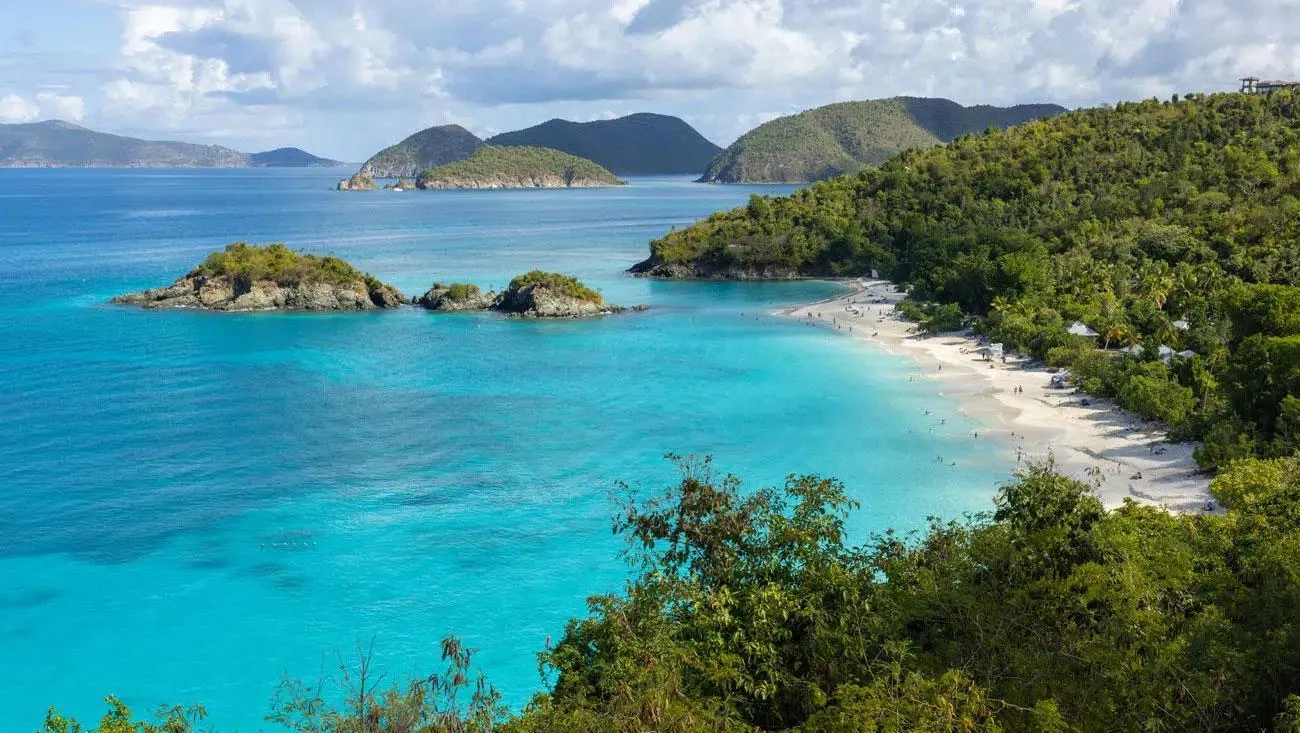
Congaree National Park, South Carolina (26,476 acres)
Congaree National Park, nestled in central South Carolina near Columbia, is a breathtaking natural treasure that spans roughly 26,692 acres. Though not among the smallest national parks in the US in terms of acreage, it offers a level of intimacy and ecological richness that rivals many of the more expansive parks. This protected area safeguards the largest remaining tract of old-growth bottomland hardwood forest in the southeastern United States, offering a rare window into an untouched floodplain ecosystem. Shaped by the seasonal flooding of the Congaree and Wateree Rivers, the landscape thrives with nutrient-rich soil and a stunning variety of flora and fauna.
The park is celebrated for its remarkable biodiversity. Its towering canopy includes ancient bald cypress and water tupelo trees, many soaring over 100 feet tall. Among its arboreal giants is a 167-foot loblolly pine—the tallest documented of its kind. As one of the smallest national parks in the US in terms of visitation, Congaree provides a peaceful refuge for wildlife lovers, birdwatchers, and photographers who can spot river otters, bobcats, and over 200 species of birds in this undisturbed habitat.
Visitors can immerse themselves in the park’s wonders through a range of outdoor activities. The 2.4-mile Boardwalk Loop Trail offers an easy and accessible stroll through the forest’s enchanting wetlands, while the more challenging 11.1-mile Kingsnake Trail invites adventurers deeper into the wild. Canoeing and kayaking along Cedar Creek provide an intimate journey through the heart of the floodplain forest. For those seeking a back-to-nature experience, primitive camping is available beneath the quiet canopy of this hidden gem, one of the smallest national parks in the US, yet undeniably one of the most extraordinary.
>> Read More: Easy Hiking Trails: Top 15 Scenic Routes For Beginners
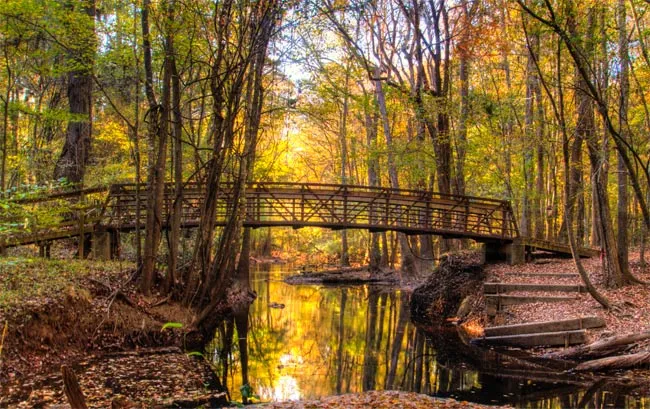
Pinnacles National Park, California (26,606 acres)
Pinnacles National Park, nestled in central California about 80 miles southeast of San Jose, is a striking example of nature’s geological artistry. Originally designated a national monument in 1908 and later elevated to national park status in 2013, it covers just over 26,000 acres. While it’s not the smallest, it ranks among the smallest national parks in the US by area, offering an intimate and uncrowded experience for nature lovers.
Outdoor enthusiasts can explore a network of scenic hiking trails, including the popular Bear Gulch Cave Trail that winds through boulder-strewn passages and leads to the tranquil Bear Gulch Reservoir. Beyond hiking, the park is a haven for rock climbers and birdwatchers, especially those hoping to glimpse the rare and endangered California condor soaring overhead. Pinnacles National Park plays a vital role in ongoing conservation efforts to reestablish this species in the wild.
Though it may not boast the vast expanses of larger parks, Pinnacles’ unique terrain and biodiversity make it a standout among the smallest national parks in the US, offering a rewarding adventure for those seeking solitude, wildlife encounters, and striking natural beauty.
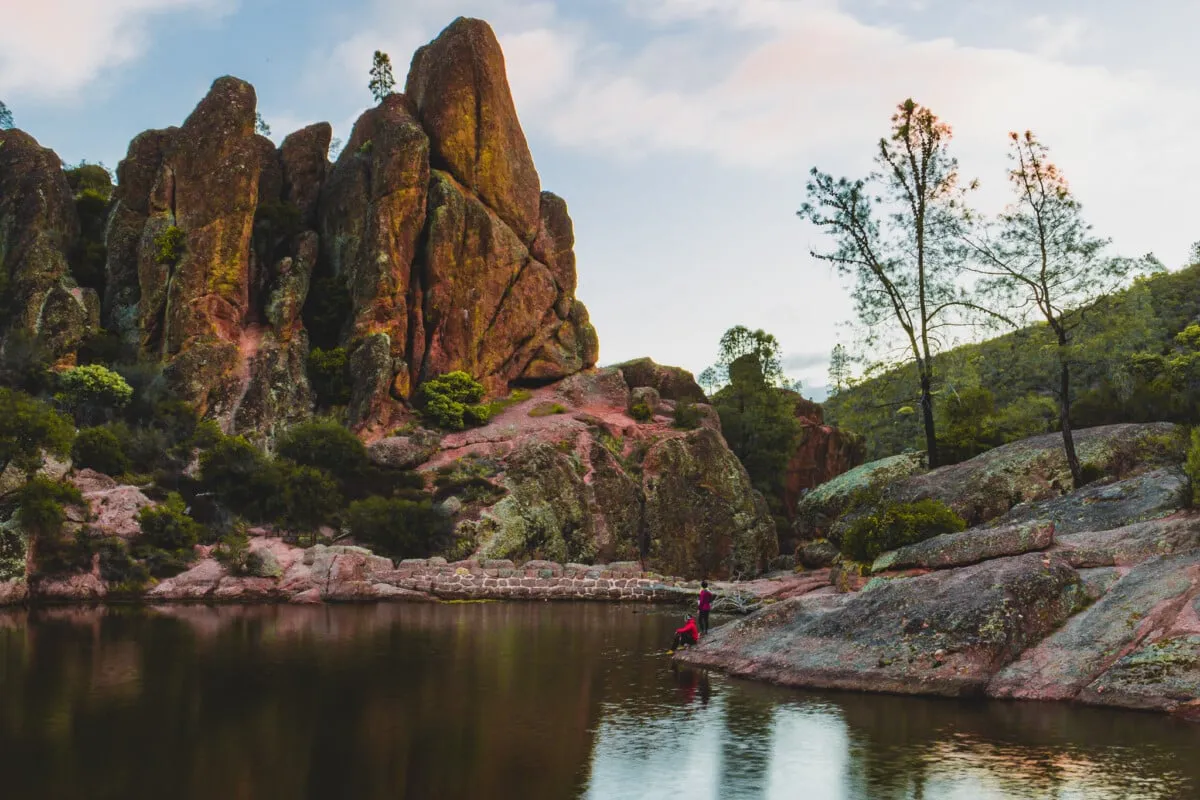
>> Read More: List of Top 11 Largest National Park in The US by Size
Black Canyon of the Gunnison National Park, Colorado (30,750 acres)
Black Canyon of the Gunnison National Park, located in western Colorado, is a remarkable natural spectacle known for its immense beauty and rugged terrain. Established as a national monument in 1933 and later designated as a national park in 1999, it spans approximately 30,750 acres. Despite its size, it is considered one of the smallest national parks in the US, making it a more intimate yet equally breathtaking destination for nature lovers.
The park’s main attraction is its awe-inspiring canyon, carved over millions of years by the Gunnison River. The canyon features some of the steepest cliffs and most challenging landscapes in North America, with depths ranging from 1,730 to 2,425 feet. At some points, the canyon narrows to just 40 feet across at the river. Surrounding the canyon is a pristine wilderness area of 15,599 acres, providing ample opportunities for hiking, wildlife observation, and stargazing in an unspoiled environment.
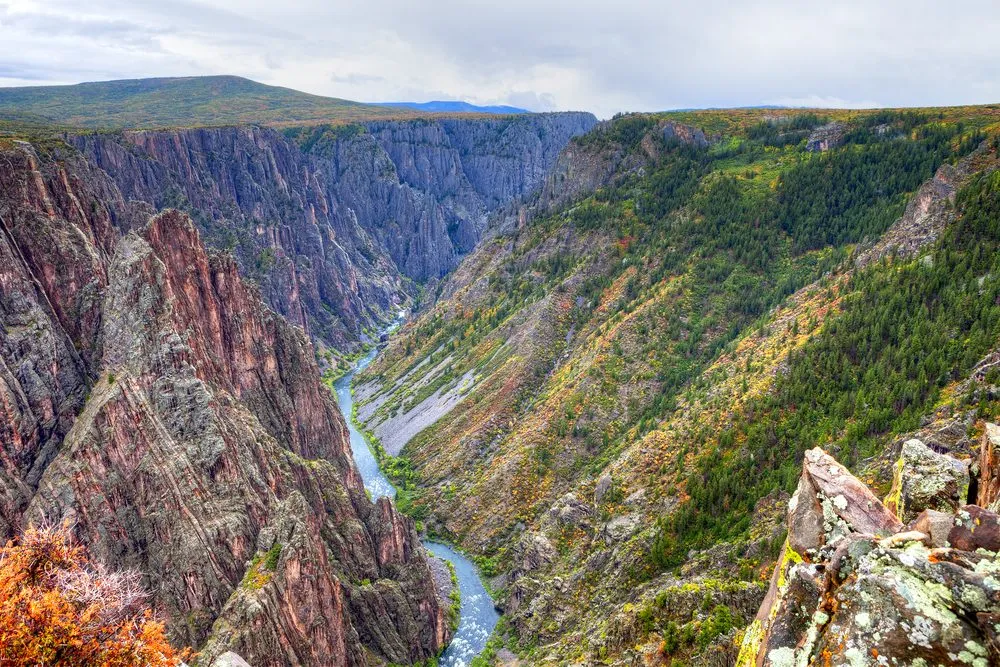
Cuyahoga Valley National Park, Ohio (32,572 acres)
Cuyahoga Valley National Park spans roughly 33,000 acres nestled between the cities of Cleveland and Akron. Originally designated as a national recreation area in 1974, it gained national park status on October 11, 2000. The landscape here is incredibly diverse, featuring lush forests, peaceful wetlands, rolling grasslands, and more than 100 scenic lakes and ponds.
With over 125 miles of trails available for hiking, biking, and horseback riding, the park is a haven for outdoor enthusiasts. The Ohio & Erie Canal Towpath Trail is a standout, guiding visitors along a historic route that once played a key role in the region’s development. Cuyahoga Valley also draws birdwatchers, boasting around 250 documented species, and showcases natural attractions like Brandywine Falls, the tallest waterfall in northeastern Ohio.
Managed by the National Park Service, Cuyahoga Valley combines natural splendor with recreational variety, offering a peaceful yet enriching escape. Though not one of the smallest national parks in the US, its approachable size and variety of activities make it a favorite for both local residents and travelers seeking a serene outdoor experience.
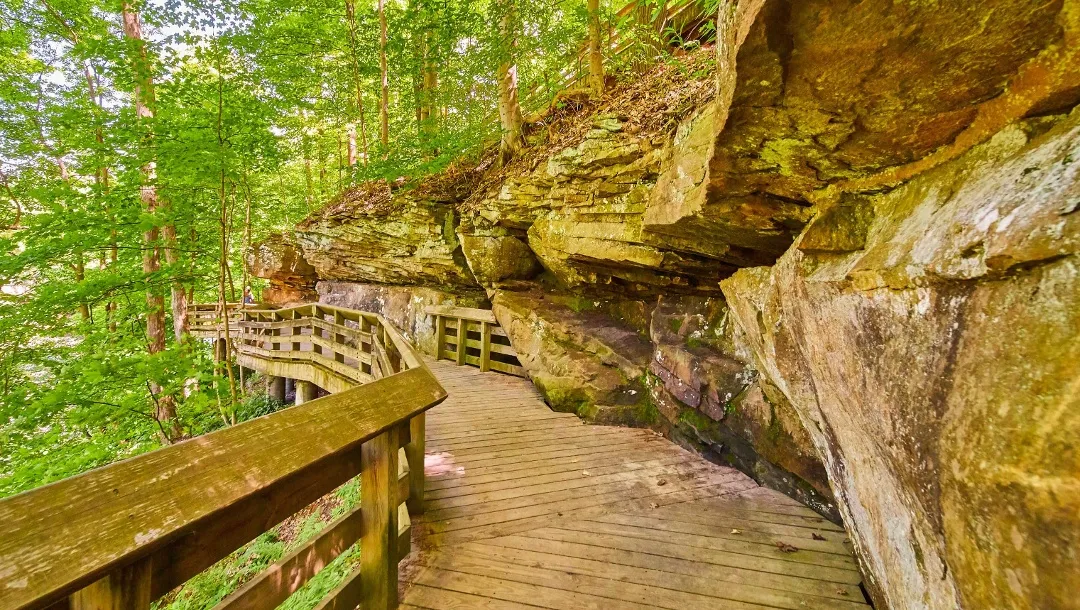
Haleakalā National Park, Hawaii (33,265 acres)
Haleakalā National Park, situated on the island of Maui in Hawaii, spans roughly 33,265 acres and is recognized as one of the smallest national parks in the US, ranking 10th in terms of land area. Despite its modest size, the park offers an extraordinary range of natural beauty and ecological diversity.
From the towering summit of Haleakalā – a dormant volcano standing at 10,023 feet – to the lush, tropical coastlines of Kīpahulu, the park showcases a stunning contrast in landscapes. Visitors can venture into the vast Haleakalā Crater, known for its dramatic volcanic scenery, or explore the Ohe’o Gulch, a picturesque area celebrated for its cascading waterfalls and serene pools.
A variety of outdoor experiences await, including hiking, backcountry camping, and world-class stargazing thanks to the park’s high elevation and clear skies. Haleakalā is also a critical habitat for endangered species like the nēnē (Hawaiian goose) and the rare Haleakalā silversword plant, which grows nowhere else on Earth.
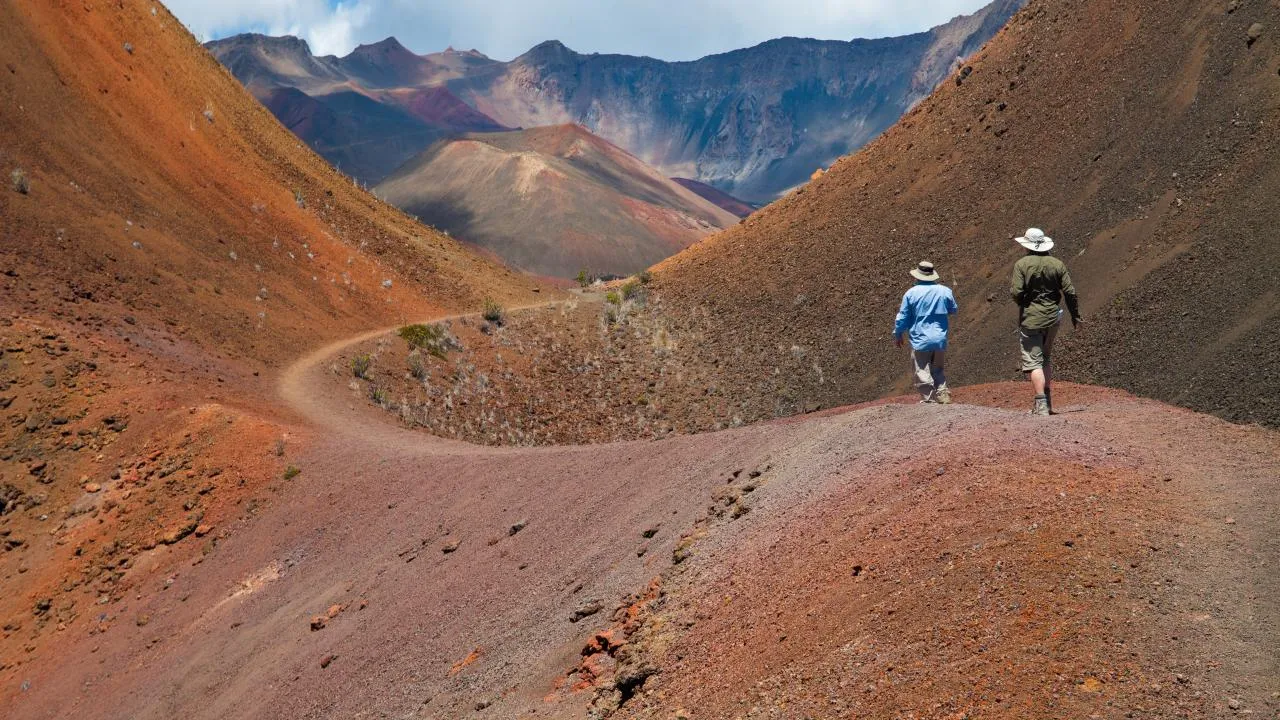
Is it worth visiting the smallest National Parks?
Yes, visiting the smallest national parks in the US is definitely worth it. Despite their modest size, these parks offer unique experiences that larger parks may not provide.
Rich History and Cultural Significance
Smaller parks like Gateway Arch National Park in Missouri are steeped in history. The Gateway Arch, for instance, symbolizes St. Louis’ role in the westward expansion of the United States and commemorates the Louisiana Purchase and the Lewis and Clark Expedition. Such landmarks offer visitors a deep dive into America’s rich past.
Less Crowded, More Personal Experience
With fewer visitors, these parks provide a more intimate and peaceful experience. You can enjoy the natural beauty without the hustle and bustle found in larger, more popular parks. This tranquility allows for better wildlife observation, photography, and reflection.
Unique Natural Features
Parks like Pinnacles National Park in California boast unique geological formations, such as towering volcanic spires and talus caves. These distinctive landscapes offer opportunities for hiking, rock climbing, and birdwatching, including sightings of the endangered California condor.
Health and Wellness Benefits
Spending time in nature has been shown to improve heart health, reduce stress, and boost the immune system. A 30-minute visit to a park can lower blood pressure and cholesterol levels. Engaging in activities like hiking or simply walking through these parks can enhance both physical and mental well-being.
Educational Opportunities
Many smaller parks offer educational programs that delve into the local flora, fauna, and history. For example, Virgin Islands National Park provides insights into tropical ecosystems and Caribbean culture. These programs enrich your visit and deepen your understanding of the area.
Accessibility and Convenience
Smaller parks are often more accessible, with shorter trails and less strenuous terrain, making them suitable for visitors of all ages and abilities. Their compact nature allows for a fulfilling visit in a shorter amount of time, ideal for weekend getaways or day trips.
Conclusion
Though they may be small in size, the smallest national parks in the US offer unforgettable experiences packed with history, beauty, and charm. These hidden gems prove that you don’t need sprawling acres to find awe-inspiring landscapes or meaningful adventures. So, grab your map, plan your route, and don’t overlook the smaller spots, they might just surprise you with how much they have to offer.
>> Read More:

